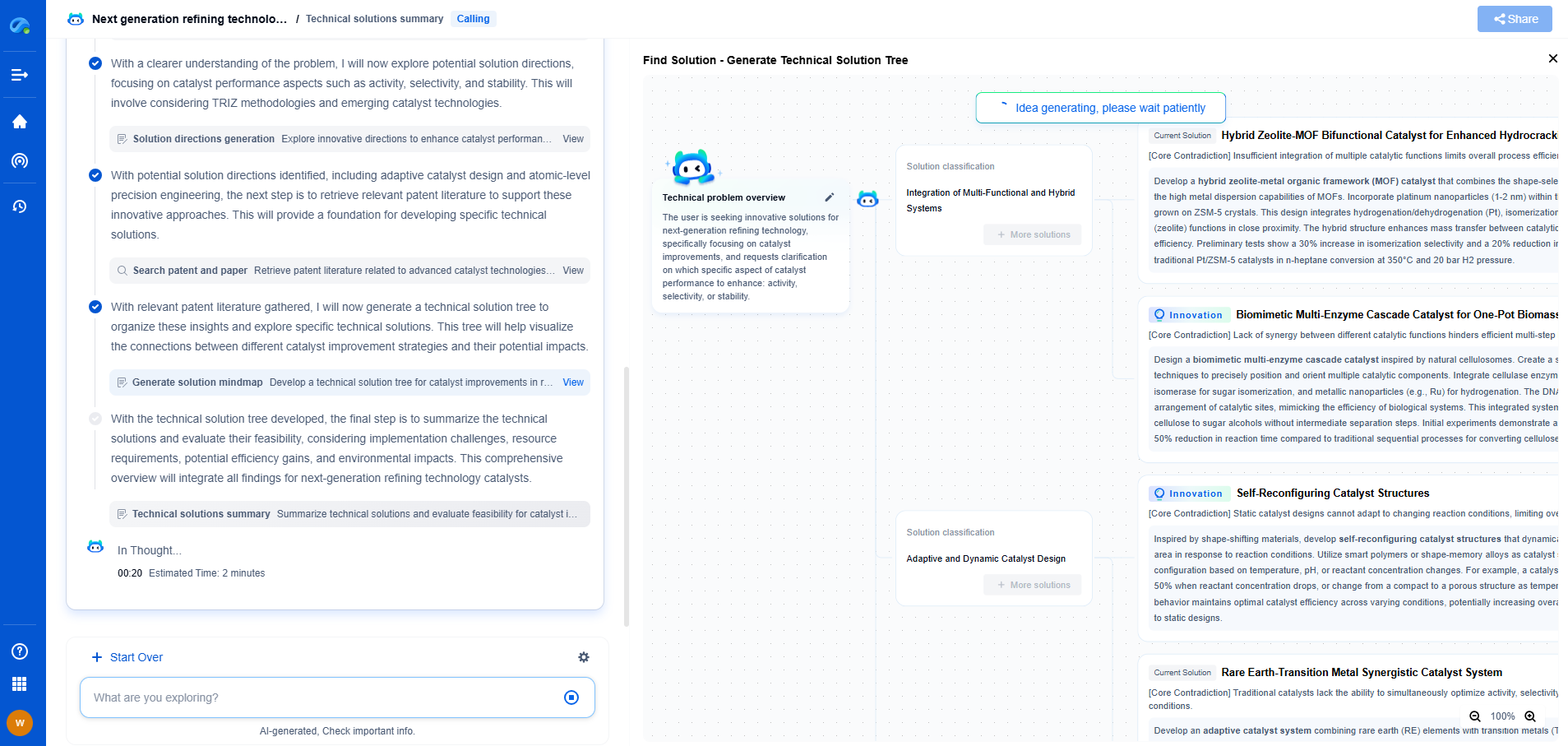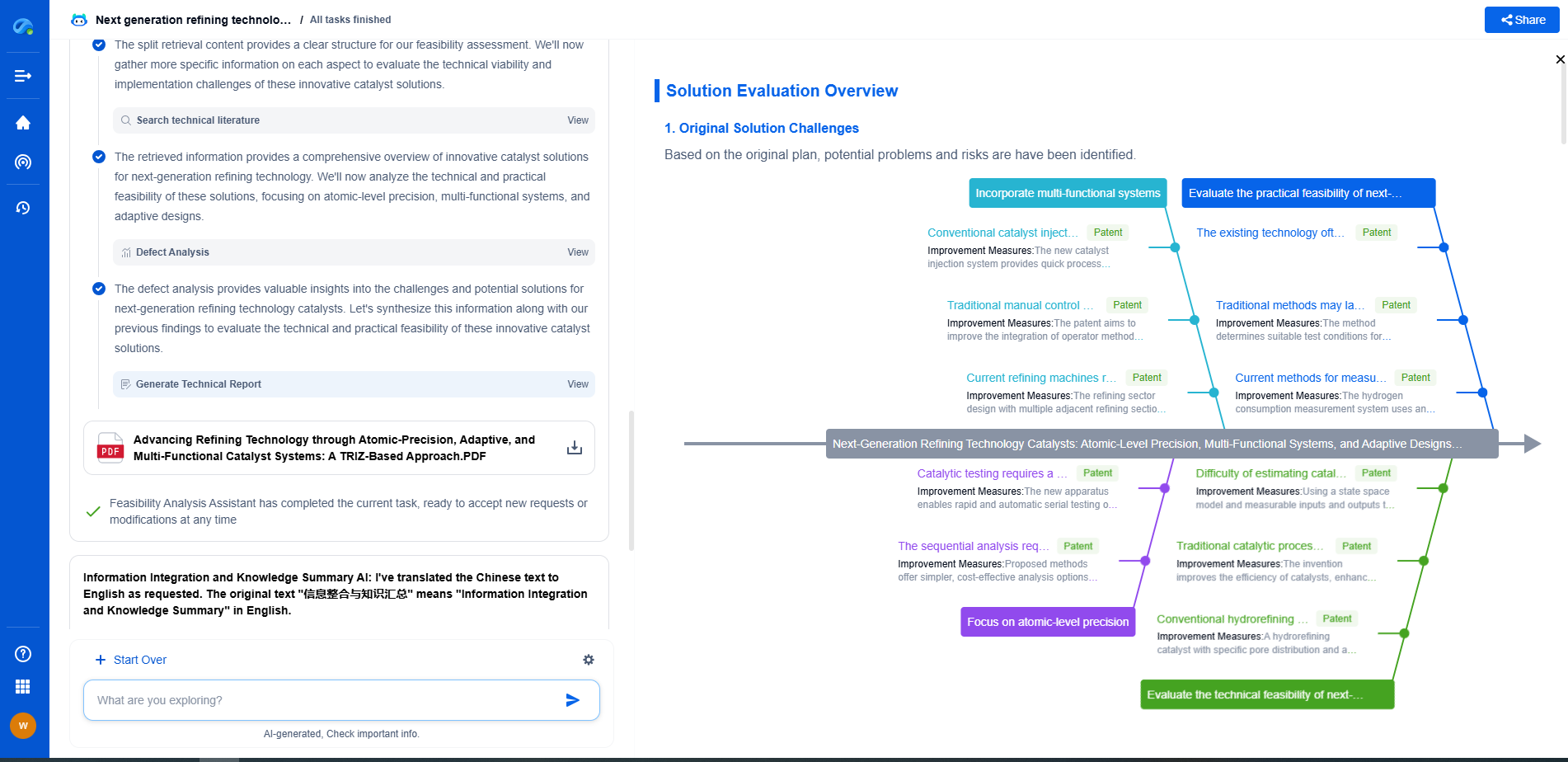Manual transmissions rely on synchronizer rings to enable smooth shifting between gears. These components are crucial for aligning the speed of the gears and the shaft to ensure seamless transitions. When synchronizer rings fail, drivers may experience difficulties while changing gears, which can affect the performance and safety of the vehicle. Understanding the symptoms, causes, and solutions for synchronizer ring failures can help in maintaining the health of your manual transmission.
Symptoms of Synchronizer Ring Failure
One of the most evident signs of synchronizer ring failure is the grinding noise during gear shifts. This occurs when the synchronizer rings fail to properly align the gears, leading to metal-on-metal contact. Another common symptom is difficulty in engaging gears. If drivers notice that the shifter is unusually stiff or if gears do not engage smoothly, it could indicate worn or damaged synchronizer rings. Slipping out of gear is another symptom, as worn synchronizer rings may not hold the gear in place effectively.
Causes of Synchronizer Ring Failure
Synchronizer ring failures are often the result of wear and tear over time. The friction material on the rings can degrade due to constant use, particularly if the vehicle has high mileage. Inadequate or dirty transmission fluid can also contribute to the deterioration of synchronizer rings by reducing lubrication and increasing friction. Aggressive driving habits, such as rapid shifting or skipping gears, can accelerate wear on synchronizer rings. Additionally, poor maintenance practices, such as neglecting regular transmission fluid changes, can lead to premature synchronizer ring failure.
Diagnosing Synchronizer Ring Problems
To diagnose synchronizer ring failures, it is crucial to conduct a thorough inspection of the transmission system. Start by checking the transmission fluid level and condition. Low or dirty fluid can point to inadequate lubrication, which may contribute to synchronizer ring wear. Listen for any unusual noises during operation, such as grinding or clunking sounds when shifting gears. A road test can help in identifying symptoms like difficulty in shifting or slipping out of gear.
For a more detailed diagnosis, removing and inspecting the transmission may be necessary. Look for physical signs of wear or damage on the synchronizer rings, such as scoring, chipping, or uneven surfaces. Inspect the entire synchronizer assembly for wear and replace any damaged components. Check for any misalignment or deformation in the transmission components, as these can also affect synchronizer ring performance.
Preventing Synchronizer Ring Failures
Preventive maintenance is key to extending the life of synchronizer rings and the overall transmission. Regularly check and maintain the correct levels of clean transmission fluid. Ensure that the fluid is replaced at recommended intervals to prevent contamination and degradation. Adopt smooth and deliberate shifting habits to minimize stress on the synchronizer rings. Avoid rapid and harsh gear changes, especially at high speeds.
It is also beneficial to have regular transmission inspections conducted by a professional. This can help identify potential issues before they develop into more serious problems. If a synchronizer ring shows signs of significant wear, replacing it early can prevent further damage to the transmission system.
Conclusion
Synchronizer rings are vital components in manual transmissions, ensuring smooth and efficient gear shifts. Recognizing the symptoms and understanding the causes of synchronizer ring failures can help in diagnosing and addressing these issues promptly. Through regular maintenance, careful driving, and timely repairs, drivers can prevent synchronizer ring failures and ensure the longevity and performance of their manual transmission vehicles.
Diagnosing Synchronizer Ring Failures in Manual Transmissions
JUL 2, 2025 |
Boost Innovation in Gears & Transmissions with Patsnap Eureka
Whether you're designing a next-gen planetary gearbox or optimizing gear tooth profiles for noise reduction, keeping up with the fast-evolving landscape of mechanical transmissions requires more than just experience—it takes insight, speed, and smart tools.
Patsnap Eureka, our intelligent AI assistant built for R&D professionals in high-tech sectors, empowers you with real-time expert-level analysis, technology roadmap exploration, and strategic mapping of core patents—all within a seamless, user-friendly interface.
Whether you're streamlining a manual transmission system or exploring electromechanical actuation, Patsnap Eureka helps your team move from concept to novelty faster than ever.
👉 Experience Eureka in action—request a personalized demo today and see how AI can revolutionize your gear innovation workflows.
- R&D
- Intellectual Property
- Life Sciences
- Materials
- Tech Scout
- Unparalleled Data Quality
- Higher Quality Content
- 60% Fewer Hallucinations
Browse by: Latest US Patents, China's latest patents, Technical Efficacy Thesaurus, Application Domain, Technology Topic, Popular Technical Reports.
© 2025 PatSnap. All rights reserved.Legal|Privacy policy|Modern Slavery Act Transparency Statement|Sitemap|About US| Contact US: help@patsnap.com

